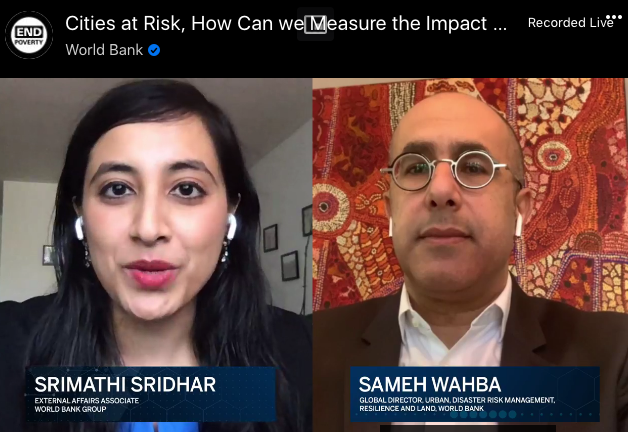Will the Covid-19 pandemic be a catalyst for better, more inclusive cities?
The media fallout from the Covid-19 pandemic has been a series of largely baseless stories predicting a panicky flight from cities to avoid the virus. As we’ve pointed out the correlation between urban density and the prevalence of disease is spurious; some of the world’s densest cities have largely avoided the pandemic.
In a historical context, its worth noting that previous health challenges have led to changes that enabled cities not just to thrive, but to become better and more robust. In the 19th Century, a better understanding of communicable diseases led to dramatically improved sanitation, and was a major impetus to the City Beautiful movement, which emphasized parks and public spaces to provide breathing room for city residents. As a result, city living, which had historically been associated with lower life expectancy, actually increased life expectancy. As Ed Glaeser explained, city living promotes more active lifestyles, which are a key to health now:
Our cities have become healthier. In 1900, a boy born in New York City could expect to live seven years less than a boy born in rural America. Today—at least until Covid-19—the life expectancy gap went the other way, and New York, because of more people walking to work, because of more social connection, because of lower levels of motor vehicle deaths, because of lower levels of suicide, life expectancy was actually longer in New York than it was outside.
The travel limitations and Stay-at-home orders that have been in place due to the Covid-19 pandemic have heightened popular awareness of the need to allocate more of the public realm to people walking and cycling.
More broadly, might we use the insights gained from the time of the pandemic to make our cities even better–as well as healthier–places to live. The World Bank’s Sameh Wahba is optimistic that the lessons of the pandemic will lead us to stronger and healthier cities in the future.
He was interviewed last month by the bank’s Srimathi Sridhar. Here is what Dr. Wahba told me:
COVID-19 will not cause the demise of cities. On the contrary, I believe cities will emerge from this crisis better, more resilient and more equitable than before. That’s because this pandemic is showing us that cities are only as strong as their weakest link.
Unlike access to affordable housing or crime rates, which can vary from neighborhood to neighborhood, a contagion like COVID-19 makes no distinction between rich or poor, young or old. We are all at risk of contracting the illness (although policies such as lockdowns affect poor and vulnerable more disproportionately). Mayors cannot afford to leave any part of their city exposed, particularly where contagion risk is known to be highest, for example, in slums and informal settlements. When city leaders act accordingly, and improve underresourced, underdeveloped neighborhoods, they do more than benefit residents of these zones. They also help build citywide resilience to pandemics present and future, and create more inclusive cities for all.
There is another way cities will change for the better. While it’s true that as a result of COVID19 some trends are likely to accelerate with more people working remotely and shopping online, cities will continue to attract such footloose population through what they have to offer in terms of livability including quality amenities and services, public spaces and cultural facilities. At the same time, cities will still need an in-person workforce to tackle crime, collect waste, care for the sick, and fulfill other essential needs. Many of these sectors employ low-to-middle-income people who will benefit from municipal programs that help them find affordable housing, access public transportation, earn a quality education, seek adequate healthcare, and more. These actions will do two things: they will better ensure that no one is left behind as cities develop inclusively and resiliently, and they will make cities more livable for all. Livable and inclusive cities have parks, open spaces, diverse populations, educational and cultural institutions, high-quality amenities, and affordable housing, only to name a few. Livability for all citizens will become even more critical as more people work remotely—and cities will deliver.
Cities represent the best of human ingenuity and well-being. That is true today, will be true tomorrow, and well after the pandemic has subsided.
He expands on these remarks in a recent interview with the World Bank’s Srimathi Sridhar, which you can view here in its entirety.
It’s easy, in the midst of a crisis, particularly one where close physical contact with other people amplifies our risks, to imagine that we will seek to be further from one another indefinitely, and that this will undermine our cities. But time and again, cities have faced these crises and emerged stronger. Rather than treating the Covid-19 pandemic as a reason to flee cities, this should be another call to adapt and innovate, making our cities more livable, healthier, and more inclusive.

